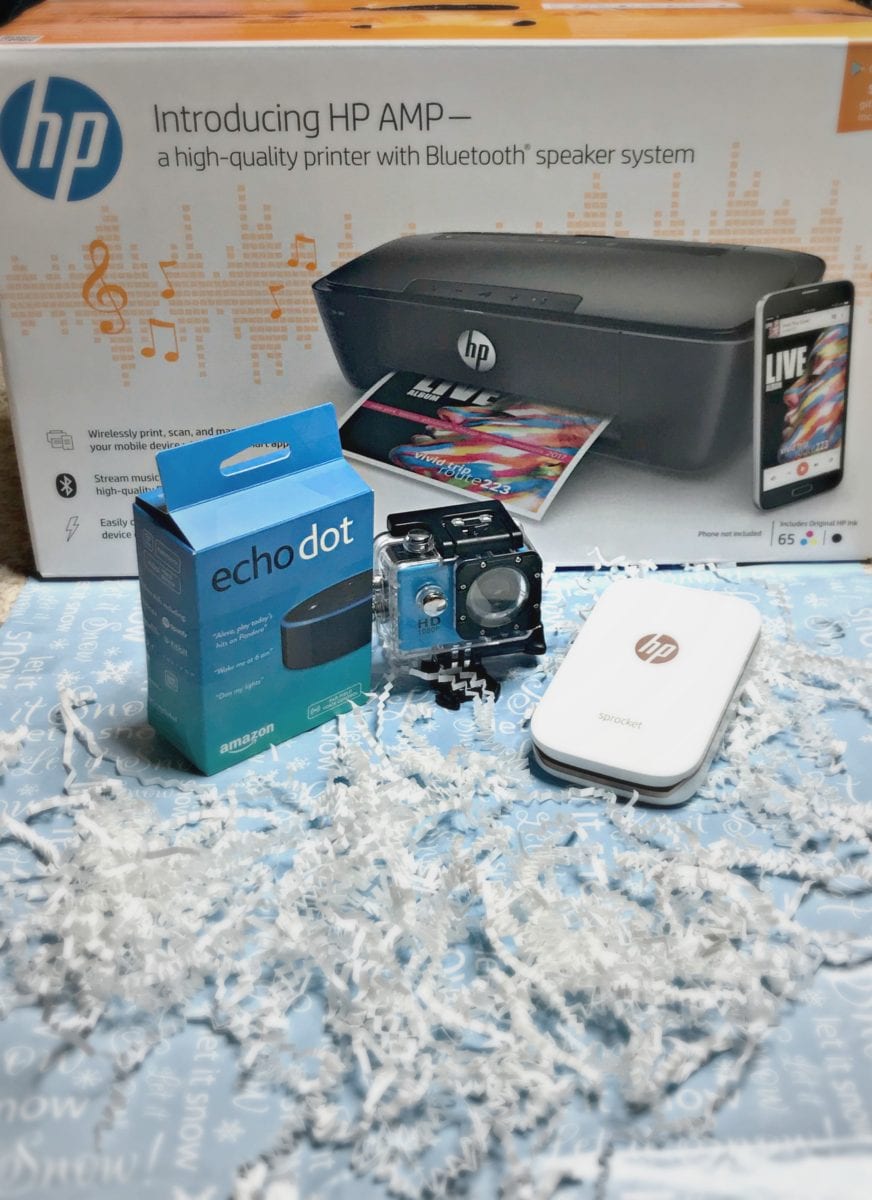5 Tips to Brighten Small Dim Rooms
It can often be a challenge to turn a dim, ordinary room into one that’s bright and spacious. This is especially the case when it comes to smaller rooms of the house. There are several ways to enhance the lighting inside a small room, however. You can use natural elements, walls, ceilings and furnishings to create a setting that’s both bright and spacious. Here are five tips to get you to brighten small dim rooms:
1. Use Bright Colours
If a room is naturally dark and doesn’t have windows, you can make it seem brighter by painting the walls a bright, saturated hue that will catch light and reflect it, giving the room a larger and more spacious appearance. Colours like white and grey can work, but they can also appear a little dull. Try colours like pear, muted gold, yellow, light green and teal to make a darkened bedroom appear bright and cheerful.
The same can be said for furniture and other furnishings you are working with. Choose colours that complement the colour of your wallpaper and flooring, but steer toward colours that are bright and lively without appearing gaudy when given a chance. Remember to adorn the walls with paintings and pictures that add colour as well.
2. Add Depth with Eye-Catching Furnishings
Sometimes the simplest of home additions can make all the difference when it comes to making a small room look spacious and full of life. Houseplants can add a great deal of depth to a room. They naturally catch the attention of anyone who enters the room which brings the focus toward the centre of the room and away from the walls. They also need a lot of light, which gives you a reason to keep your curtains and windows open, further enhancing the area.
Reflective surfaces such as mirrors can also help make a room look larger than it is. Mirrors work especially well in narrow hallways or corners of a room that appear bare or “dead”. Decorative mirrors can even be placed in living rooms or dining rooms since they add a sense of depth to the walls and reflect light.
3. Add Natural Lighting with Curtains and Blinds
If you are decorating or rearranging a room that features windows, you should choose blinds or curtains that enhance the room and let in all possible light.
According to Amanda Symes of Curtain World: “Heavy, dark curtains do not make a room look very large, and can often make it appear darker than it actually is. Light-coloured curtains have the opposite effect, making a room appear larger and brighter. Curtains that are lighter in material also do not attract as much dust – a win for those with allergies!”
“Similarly, you will want to choose blinds that are light-enhancing. Coloured blinds work extremely well, especially if they are a unique colour that corresponds with the rest of the room. You can choose blinds that come in a variety of materials and colours that can help enhance your natural decor.”
4. Make Smart Use of Wall Space
When decorating smaller rooms, it’s quite common to run into the issue of running out of wall space for shelves, book cases, pictures or other wall furnishings. You can use a room’s natural wall space to build shelves or other nooks and crannies right into the wall. This type of shelving takes up much less room than chunky book shelves or end tables.
You may also wish to consider furnishing the room with furniture that doesn’t take up too much wall space in general. In a tiny living room, for example, you may want to use recliners or chairs instead of full-length couches. Large pieces of furniture often make a room look less spacious, especially if those pieces of furniture are taking up an entire wall.
5. Find Unique Ways to Add Lighting
Lighting doesn’t always have to come in the form of table lamps and plain, ordinary fixtures. To add additional lighting to a dark room, consider adding skylights or solar tubes that can add a great deal of light to an entire room. Smaller accent lamps or fixtures can also be added above desks, shelves and other pieces of furniture that see common use. Whenever possible, use diffused lighting that takes away the appearance of shadows and makes an area appear more spacious.
With these five tips, you can take any room no matter how large or small it is and help enhance its natural lighting and shape it into a living space that’s bright, spacious and inviting to guests. You don’t even need to spend a lot of money to make most of the above changes. The smallest addition can often make a large difference and help transform a dull, dim room into one that’s extraordinary.







